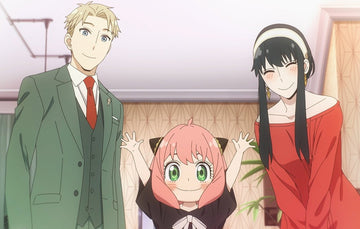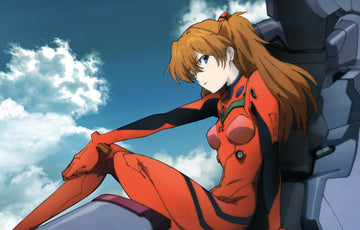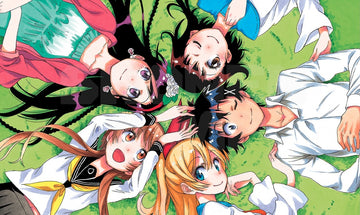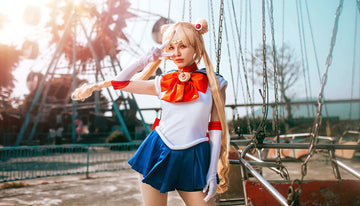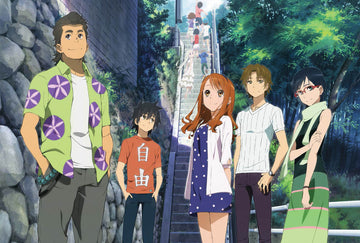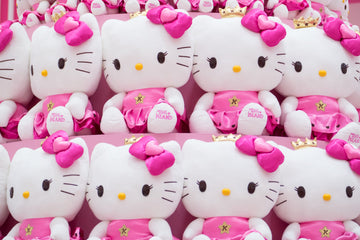Anime, the captivating and visually stunning form of animation that has captured the hearts of millions around the world, is often referred to as simply "anime." But have you ever wondered why it's called anime and not just animation? In this blog article, we will dive into the origins and evolution of anime, shedding light on the unique name it has been given. So, let's embark on this exciting journey!
A Brief History of Anime
To understand why anime is called anime, it's essential to explore its rich history. Anime originated in Japan and has its roots in traditional Japanese art forms such as manga (Japanese comics) and ukiyo-e (woodblock prints). The earliest examples of Japanese animation can be traced back to the early 1900s, with short films like "Katsudō Shashin" by Oten Shimokawa.
However, it was not until the post-World War II era that anime began to take shape as a distinct and recognizable art form. One of the influential figures in the development of anime was Osamu Tezuka, often referred to as the "Godfather of Manga." Tezuka's iconic works, such as "Astro Boy" and "Black Jack," not only revolutionized manga but also had a significant impact on the anime industry.
During the 1960s and 1970s, anime gained popularity both domestically and internationally, with series like "Gigantor" and "Speed Racer" captivating audiences around the world. This marked the beginning of the "anime boom," which paved the way for the diverse and expansive anime landscape we know today.
The Origins of the Name "Anime"
Now, let's address the question that brought us here: why is anime called anime? The term "anime" is the abbreviated form of "animation" in Japanese. It is derived from the English word "animation," which was introduced to Japan during the early 20th century. Over time, the term "anime" became widely used to specifically refer to Japanese animation.
The adoption of the term "anime" helped to distinguish Japanese animation from other forms of animation around the world. It became a way to identify the unique artistic style, storytelling techniques, and cultural influences that set anime apart. Today, "anime" has become a globally recognized term, representing an entire genre of animated entertainment loved by people of all ages.
The Evolution of Anime
Anime has come a long way since its humble beginnings. It has evolved into a diverse and expansive industry, encompassing a wide range of genres, styles, and themes. From action-packed shonen series like "Naruto" and "One Piece" to heartwarming slice-of-life stories like "Your Name" and "Spirited Away," there is something for everyone in the world of anime.
One of the reasons anime has garnered such a dedicated following is its ability to tackle complex and thought-provoking themes that resonate with audiences. Whether it's exploring the human condition, delving into philosophical concepts, or depicting fantastical worlds, anime has the power to captivate and inspire.
Furthermore, the unique artistic style of anime has played a significant role in its popularity. The distinct character designs, vibrant colors, and intricate attention to detail have become trademarks of anime. This artistic expression allows for boundless creativity and gives each anime its own visual identity.
The Global Impact of Anime
The influence of anime is not limited to Japan alone. Over the years, anime has gained a massive international following, with fans from all corners of the globe embracing this captivating art form. The rise of streaming platforms has made anime more accessible than ever, allowing fans worldwide to enjoy their favorite shows and movies wherever and whenever they want.
Anime conventions and cosplay events have become popular gatherings for fans to come together and celebrate their shared love for anime. These events showcase the vibrant cosplay culture, where fans dress up as their favorite anime characters, paying homage to the creativity and passion inspired by the medium.
The impact of anime extends beyond entertainment, as it has inspired countless artists, filmmakers, and creators worldwide. Its influence can be seen in various forms of media, from animated series and movies to video games and even fashion trends. Anime has become a global phenomenon that continues to shape popular culture.
In Conclusion
Anime, with its captivating storytelling, stunning visuals, and unique cultural influences, has earned its distinctive name. The term "anime" represents the vibrant world of Japanese animation, encompassing a wide range of genres and styles that have captivated audiences worldwide. From its humble beginnings to its global impact, anime has secured its place as a beloved art form, and its name is a testament to its rich history and enduring popularity.
So, the next time you immerse yourself in the captivating world of anime, take a moment to appreciate the journey it has taken to become the cultural phenomenon it is today. Anime truly is a testament to the power of storytelling and the universal language of art.
Sources:



